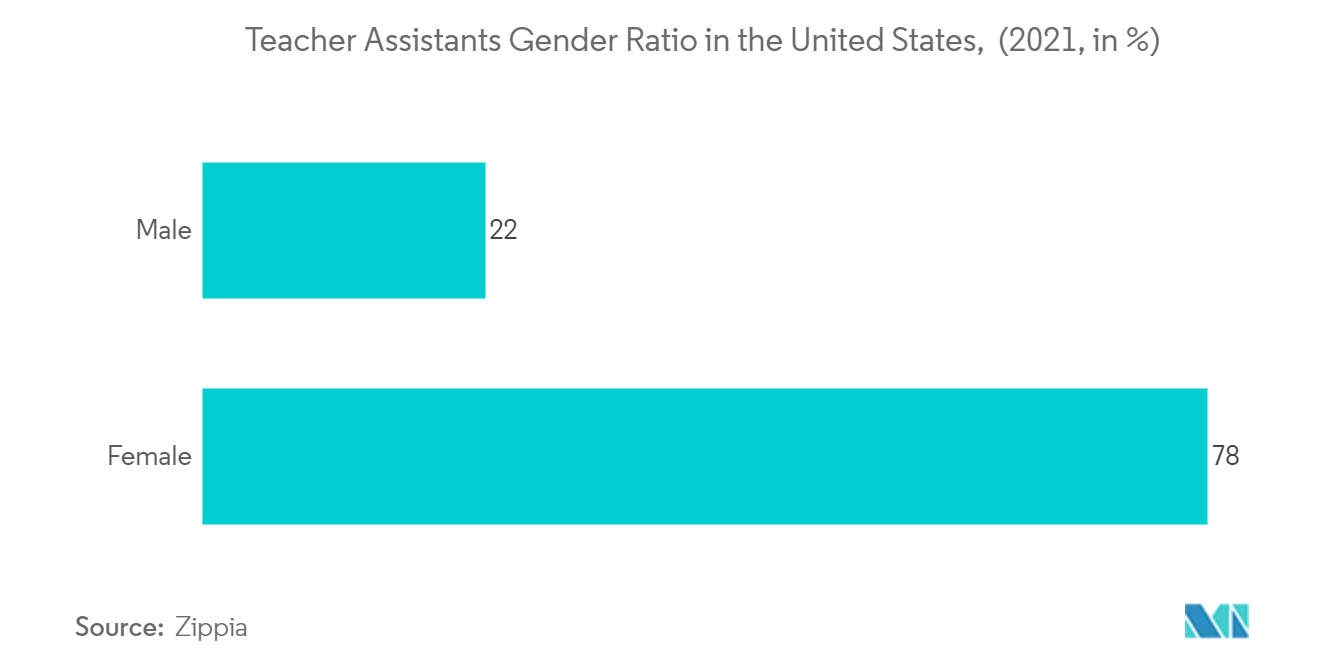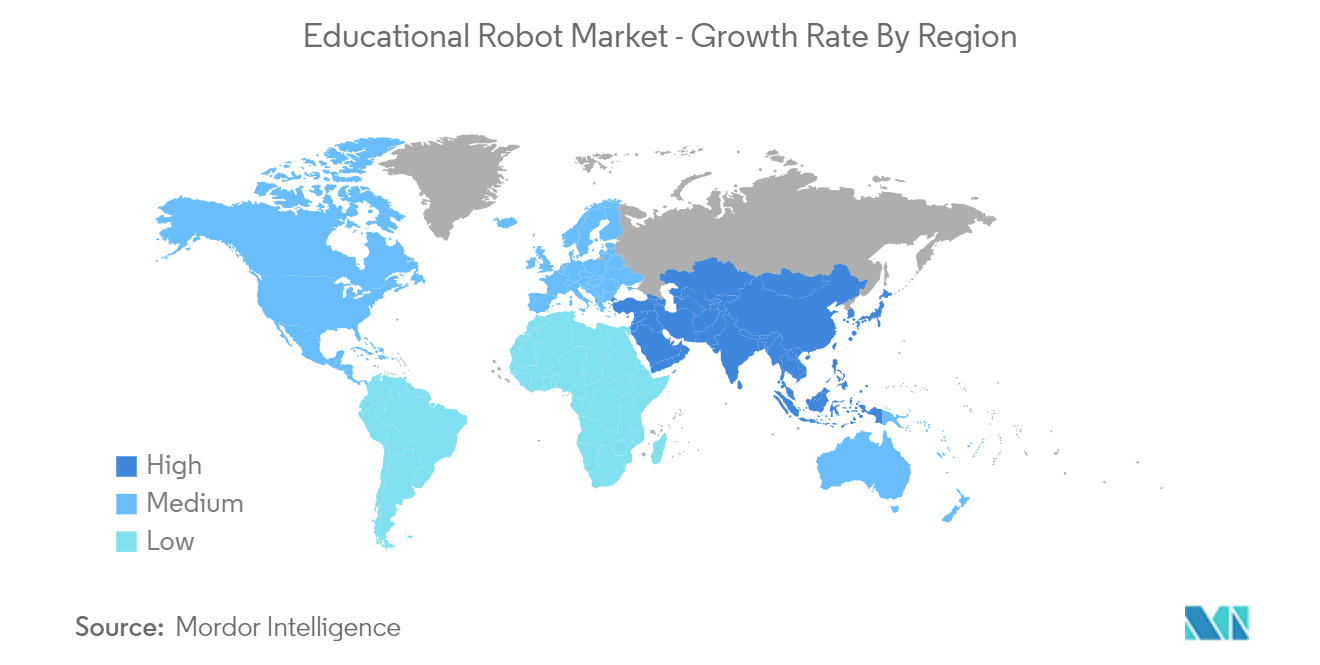Market Trends of Educational Robot Industry
This section covers the major market trends shaping the Educational Robot Market according to our research experts:
Humanoid Robots Expected to Witness Significant Growth
- Studies have shown that teaching processes incorporating robotic-based engagement methods can approach the effectiveness of a human tutor. Not only have these socially-engaging robots used in education but also as weight-loss coaches, play partners, and a companion.
- Moreover, robots can be updated with various current knowledge and teaching methods. Apart from an initial investment, they do not require much more than electricity to run and are cost-effective. These features add up to their appeal as teachers and are expected to drive the demand during the forecast period.
- Since the use of humanoids as a teacher has received a positive response in the education segment, the market is poised to gain investments in the upcoming years. The humanoid 'Pepper' from Softbank Robotics has already witnessed widespread adoption among the education segment and is expected to witness much more adoption in the near future.
- For robots to teach successfully, they need to be able to communicate socially. Technological developments made by the vendors in the market are emphasizing this aspect, and it is considered the biggest challenge with robots as teachers right now.
- Moreover, humanoid teaching assistant robots are being designed to provide assistance during lectures and enable them to save time by checking students' prerequisite knowledge, summarising responses and providing feedback, setting learning tasks, and others. This saves time for the teacher and teaching assistants and enables them to focus on providing individual attention to learners with experience.
- The growing number of teaching assistants in the United States is mostly aged above 44 years old, according to Zippia, and the number of assistant teachers in 2021 accounted for 2,263,301, of which 78% were females and 22% were males. In order to remove gender bias, universities may also switch to humanoid robots for education.

Asia-Pacific Expected to Witness Significant Growth
- The Asia-Pacific region is highly likely to adopt educational robots in various educational institutions as there are some widespread government initiatives in the region that are primarily aiming to improve the literacy rate in the region.
- The region is considered one of the biggest innovators in the consumer robot space. Moreover, as the region's most innovative robotics start-ups continue to innovate and develop their products, they are utilizing every opportunity to expand globally.
- Some of the major vendors that offer educational robots for STEM courses is Comau. The company offers e.DO robot in China, which is specifically designed to help students of different age groups for learning both STEM and humanities subjects, as well as explore robotics technology in a more engaging and innovative way.
- Moreover, various government initiative by many countries in the region is expected to drive the market. For instance, the government of India plans to establish the Atal Tinkering Laboratories (ATL) in schools across the country with an aim to foster creativity, curiosity, and imagination in young children. It will also help children inculcate skills, such as computational thinking, design mindset, adaptive learning, physical computing, etc.
- Under this initiative, children will get a chance to work with various tools and equipment to understand the basic and advanced concepts of STEM (Science, Technology, Engineering, and Math). Students in the ATL's will be equipped with educational and learning kits and equipment on science consisting of robotics, electronics, open-source microcontroller boards, sensors with 3D printers, and computers.


